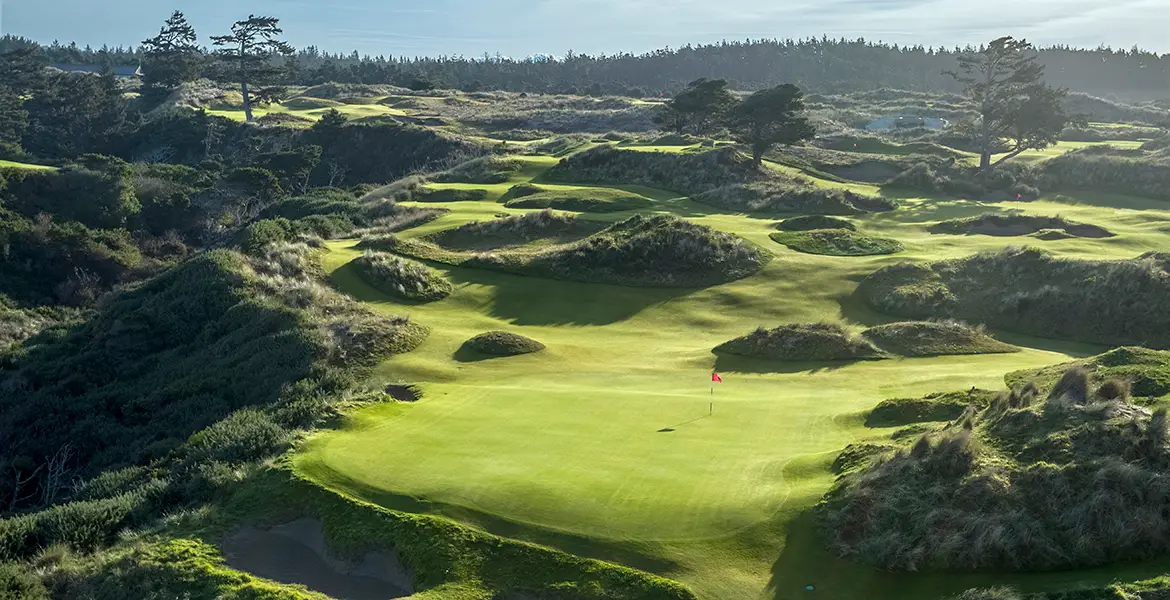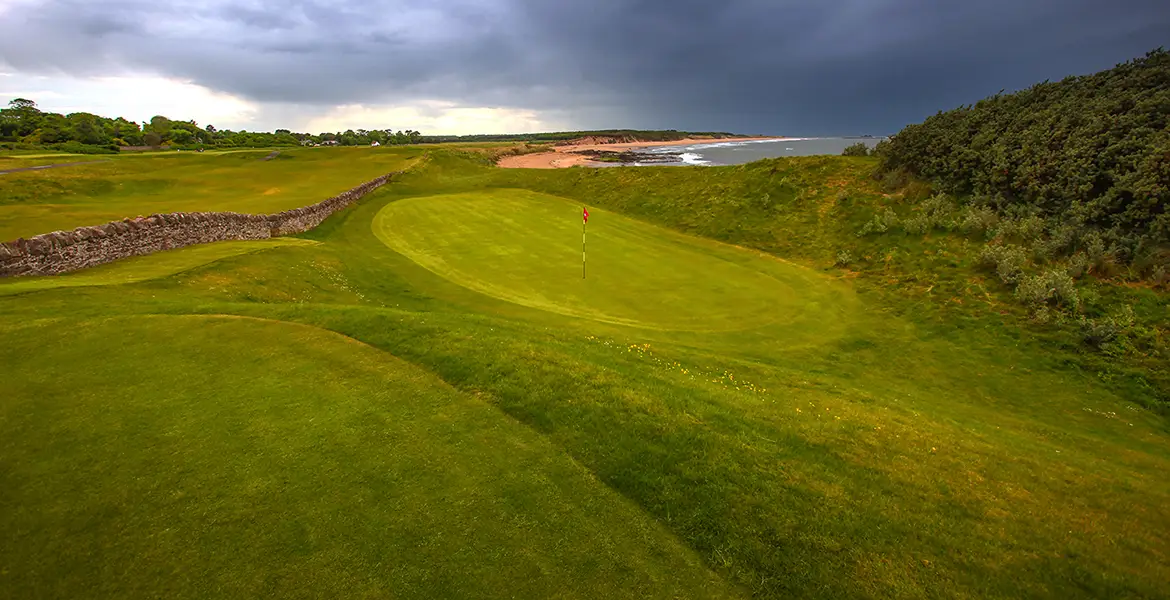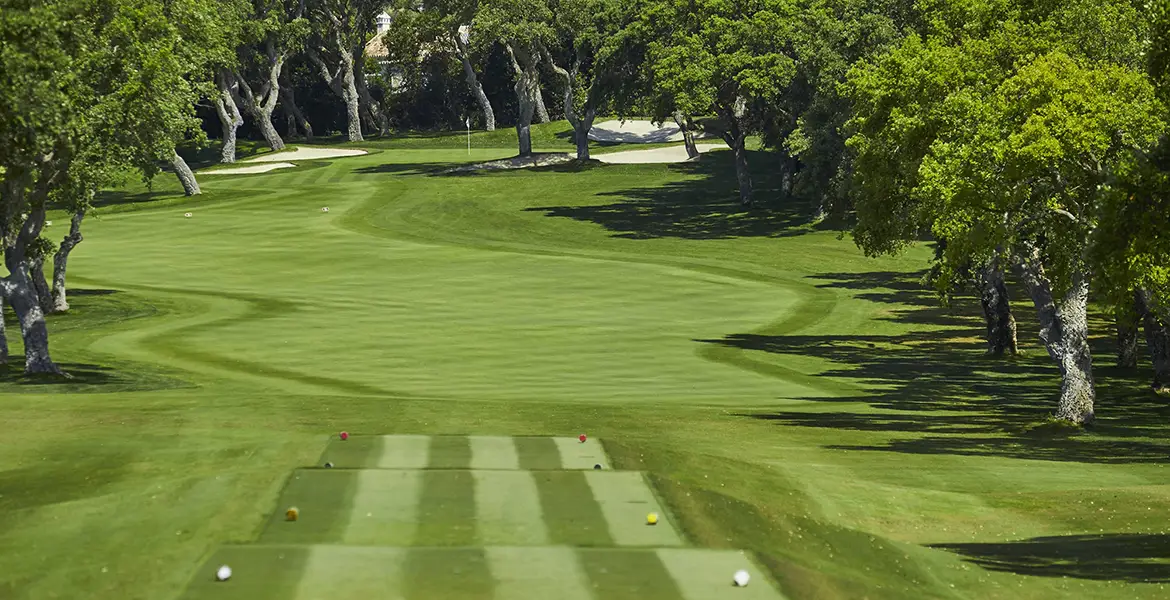So what if it hasn’t held an Open Championship—this magnificent Irish links is as dramatic and beautiful as any in the world
From St. Andrews to St. George’s, Prestwick to Portrush, it is the aspiration of almost every golfer coming to Great Britain and Ireland to play one or more of the 14 links courses that have hosted the Open Championship. Anyone acquiring the “full set” should consider themselves exceedingly fortunate. Yet, even this achievement can be substantially enriched by adding three more links venues to the hallowed collection, one each in Scotland, Northern Ireland, and Ireland: Royal Dornoch, Royal County Down, and the Old Course at Ballybunion, respectively.
Dornoch is widely considered the world’s most natural golf links and County Down often judged the most stunningly beautiful. But what is the special quality that makes Ballybunion so alluring that fabled writer Herbert Warren Wind described it as “nothing less than the finest seaside course I have ever seen”?
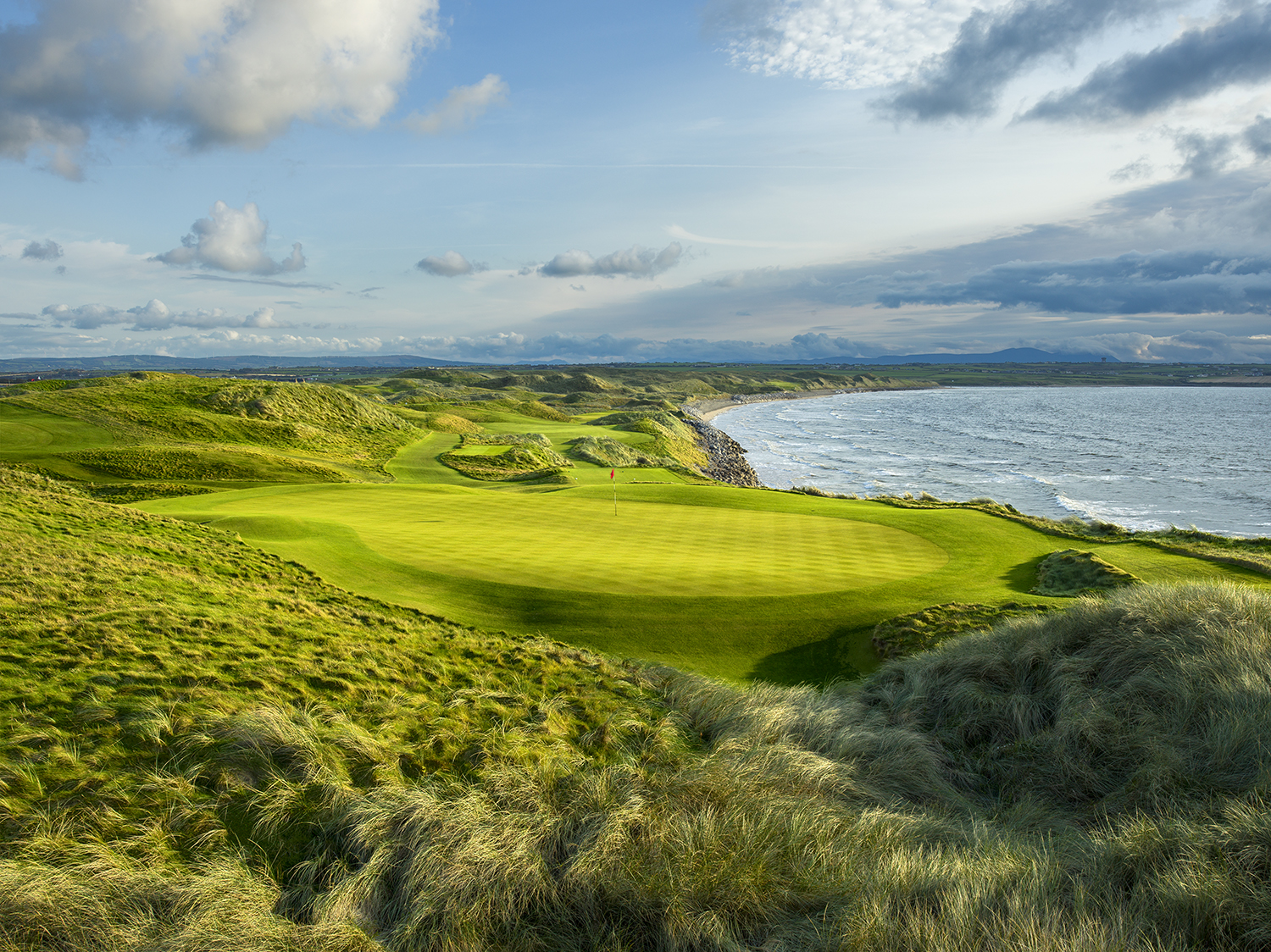
Ballybunion also exudes abundant natural character and charm, while its remote location—adjacent to the Atlantic Ocean in the “Kingdom of Kerry” in Ireland’s southwest—is sensational in all respects. If there is a single feature that defines the links, however, it is surely the ingredient of drama or the intrinsic and consistently high level of it. Nowhere sets a golfer’s pulse racing quite like the prospect of a game there.
Founded in 1893, Ballybunion Golf Club possesses two 18-hole layouts: the aforementioned Old Course, its present layout having fully crystallized a century ago under the guidance of Tom Simpson; and the less heralded Cashen Course, created by Robert Trent Jones Sr. in the 1980s and currently being remodeled by Tom Watson in association with architect Graeme Webster.
The immense scale of the sand hills at Ballybunion provides a marvelous stage for the Old Course’s ensuing drama—“stage” being more apposite than “backdrop” because the golf holes not only run alongside those towering dunes, but often tumble in and out of them, occasionally diving in head first. It is golf’s version of a roller coaster ride and, importantly, the variety and quality of the golfing challenge is every bit as splendid as it is exhilarating.
It is often suggested that Ballybunion’s great adventure only begins upon reaching the teeing platform at the par-four 7th, which is spectacularly perched overlooking the sea and a seemingly endless stretch of sand. Although this assessment does scant justice to the opening sequence—with the exacting down-and-up par-four 2nd and the short but teasingly clever 6th, two exceptional holes—the Old Course’s swashbuckling style and pulse-quickening nature indeed come of age at the magnificent No. 7. In short, you walk to the tee, you drink in the view, appraise the arrow-straight fairway ahead, and you buckle up.
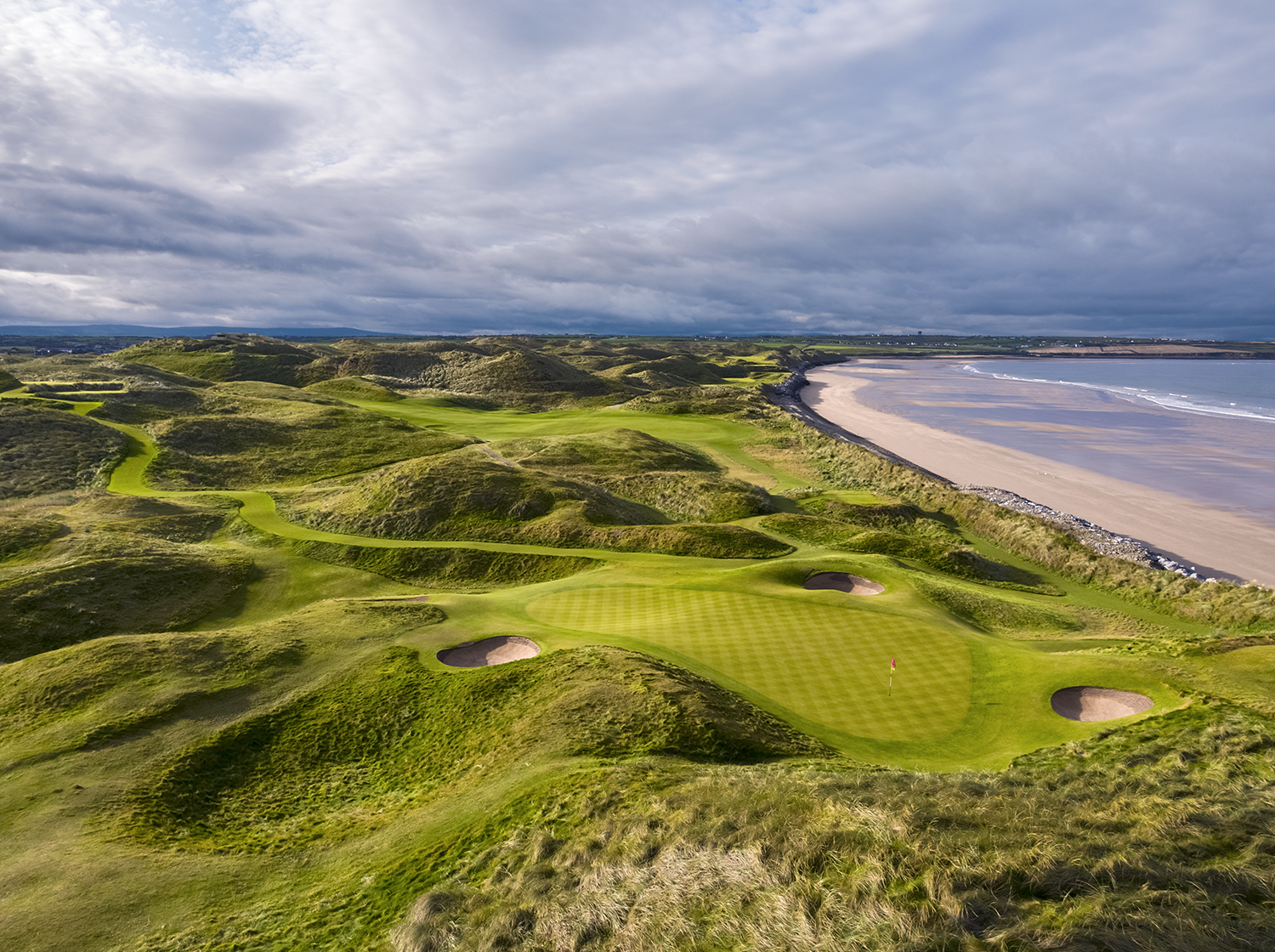
A litany of enthralling as well as beautifully fashioned golf holes awaits. Each one is very memorable, but perhaps the three most acclaimed, and certainly most photographed, are the par-four 11th, where the fairway cascades in terraces through a gap in the dunes before culminating on a windswept plateau green; the long par-three 15th, with its large and fiercely defended two-tiered green; and the dramatically downhill, right-to-left-twisting par-four 17th.
So, is the Old Course at Ballybunion the greatest links in Ireland and one of the three finest never to have hosted the Open Championship? Watson believes it is: “A man would think the game of golf originated here,” he once declared. And who are we to question the opinion or doubt the word of the only living five-time Open champion?


